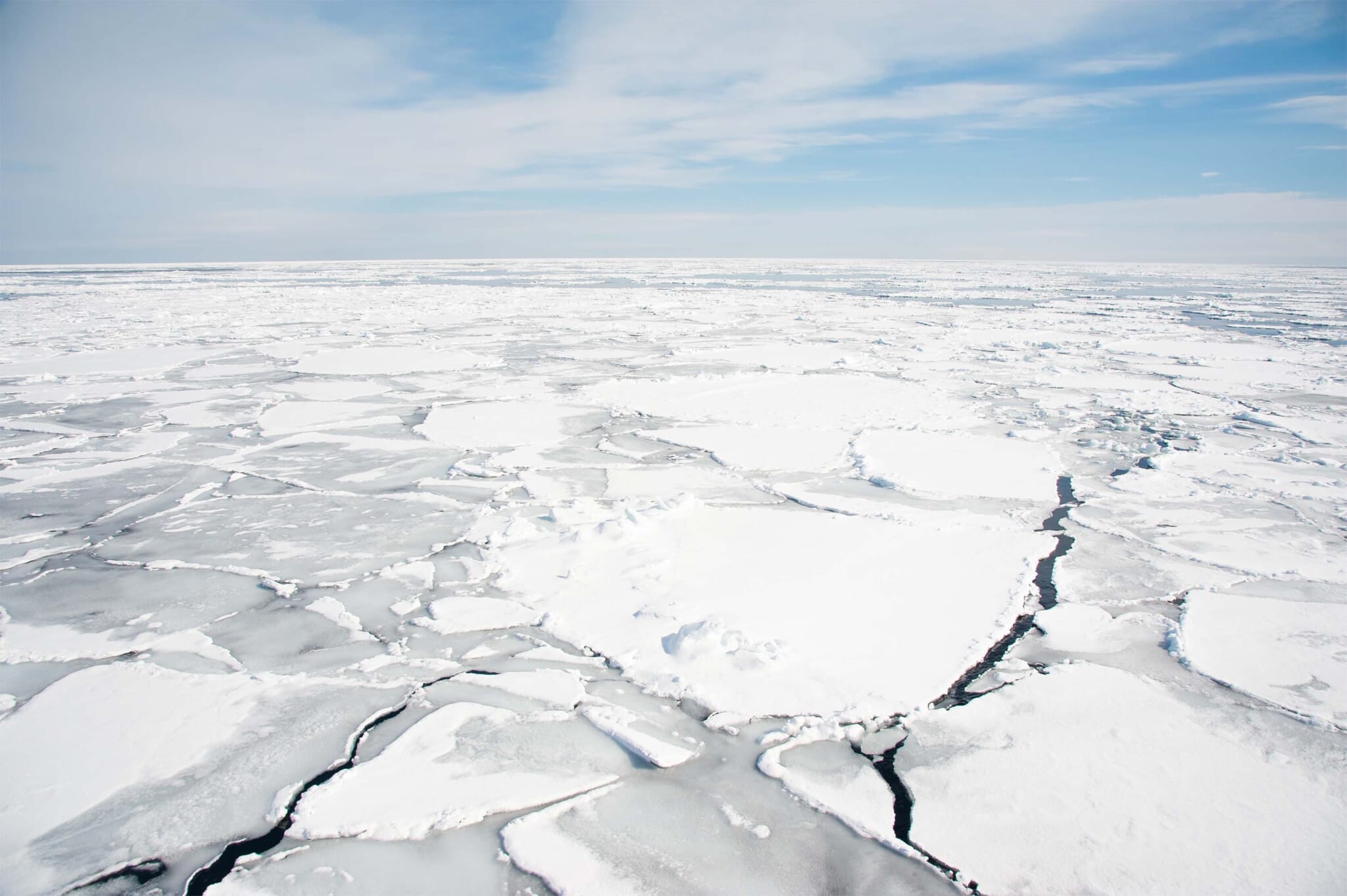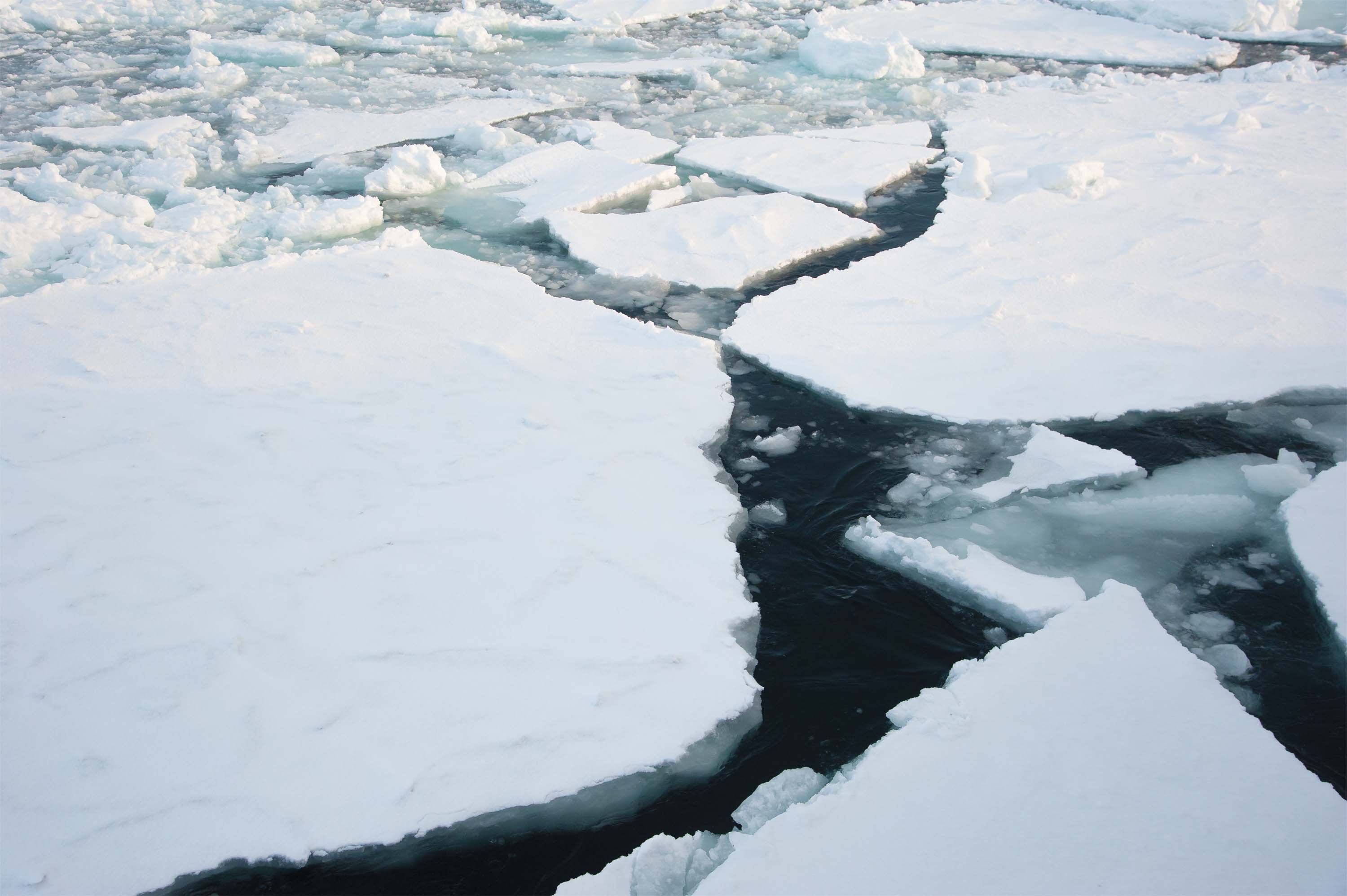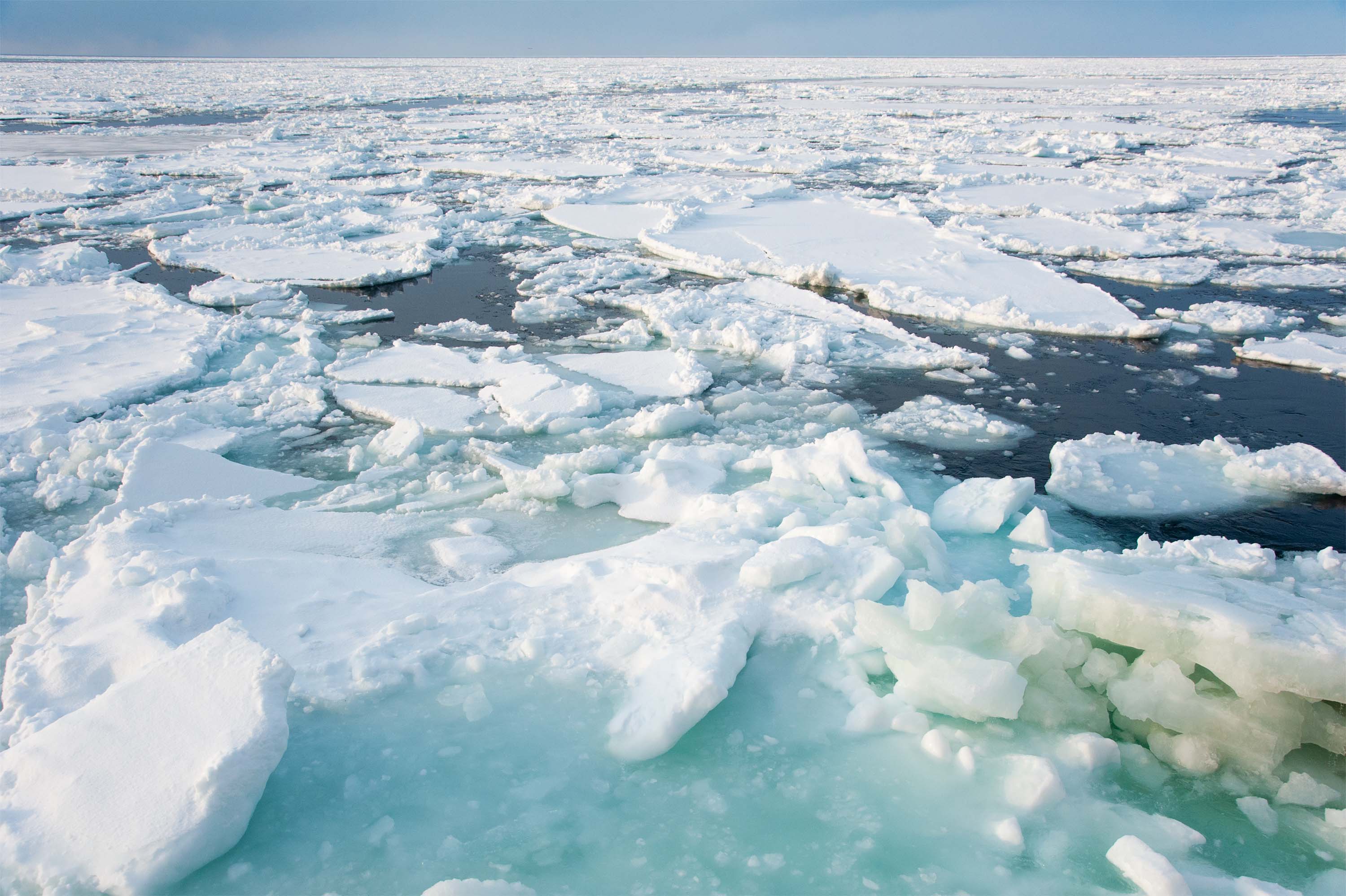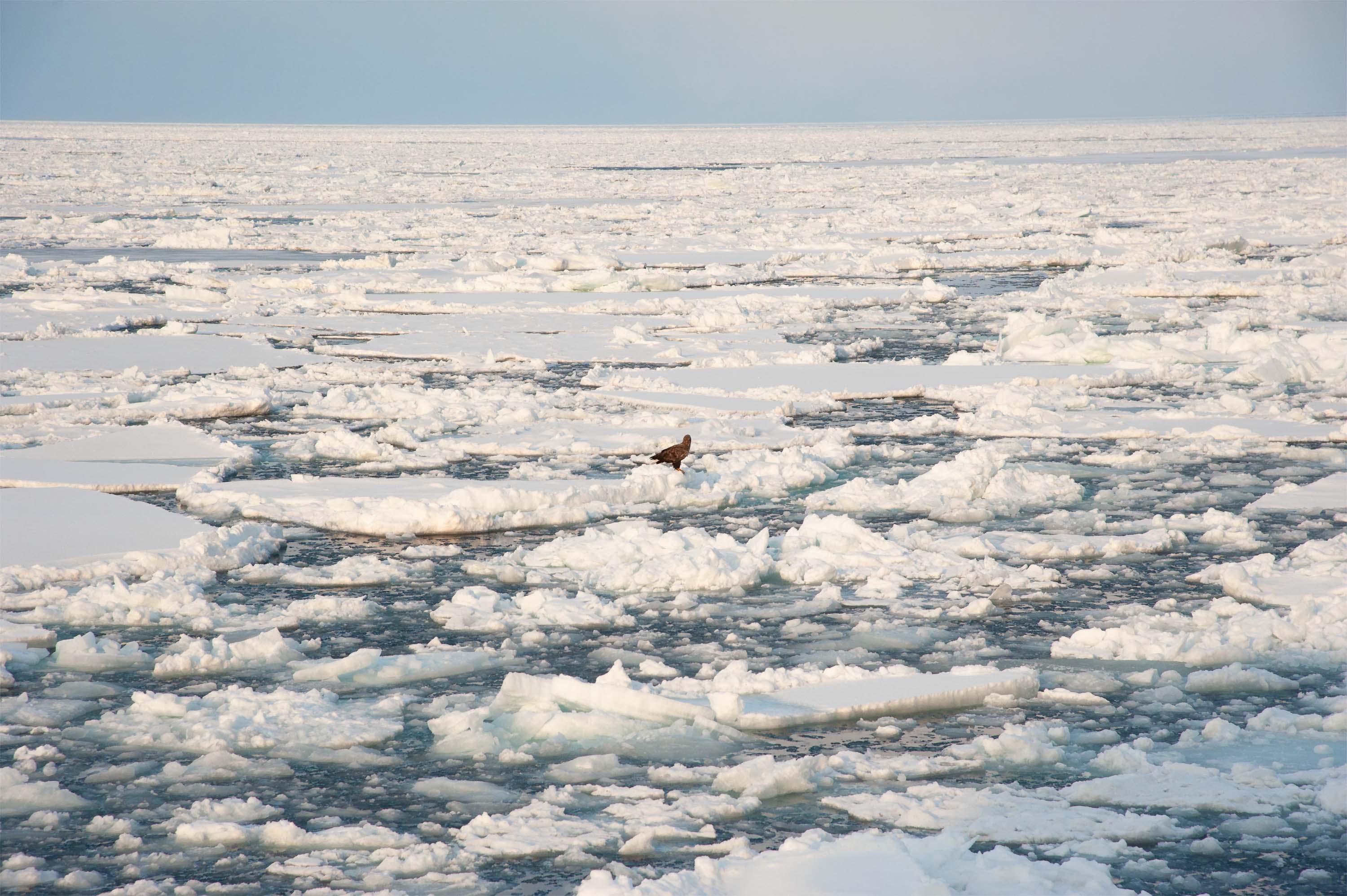The city of Abashiri sits on the northeastern coast of Hokkaido, around a six-hour train ride from Sapporo. Facing Abashiri is the Sea of Okhotsk, a stretch of water that lies between Hokkaido and some of the coldest parts of eastern Russia. Abashiri is also no stranger to cold temperatures — the lowest ever temperature recorded here was -25 degrees Celsius. Come January, the city’s streets are typically covered with several feet of snow.
It’s these cold temperatures that produce Abashiri’s most popular tourist attraction: ice. More accurately, it’s the thick layers of drift ice that form each winter near the Russian coast in the Sea of Okhotsk that later drift south towards Abashiri. Between January and March each year, ice-breaking tours sail out onto the sea ice that congregates just a few miles north of Abashiri harbor. This is the most southerly point in the northern hemisphere where drifting ice floes can be seen.
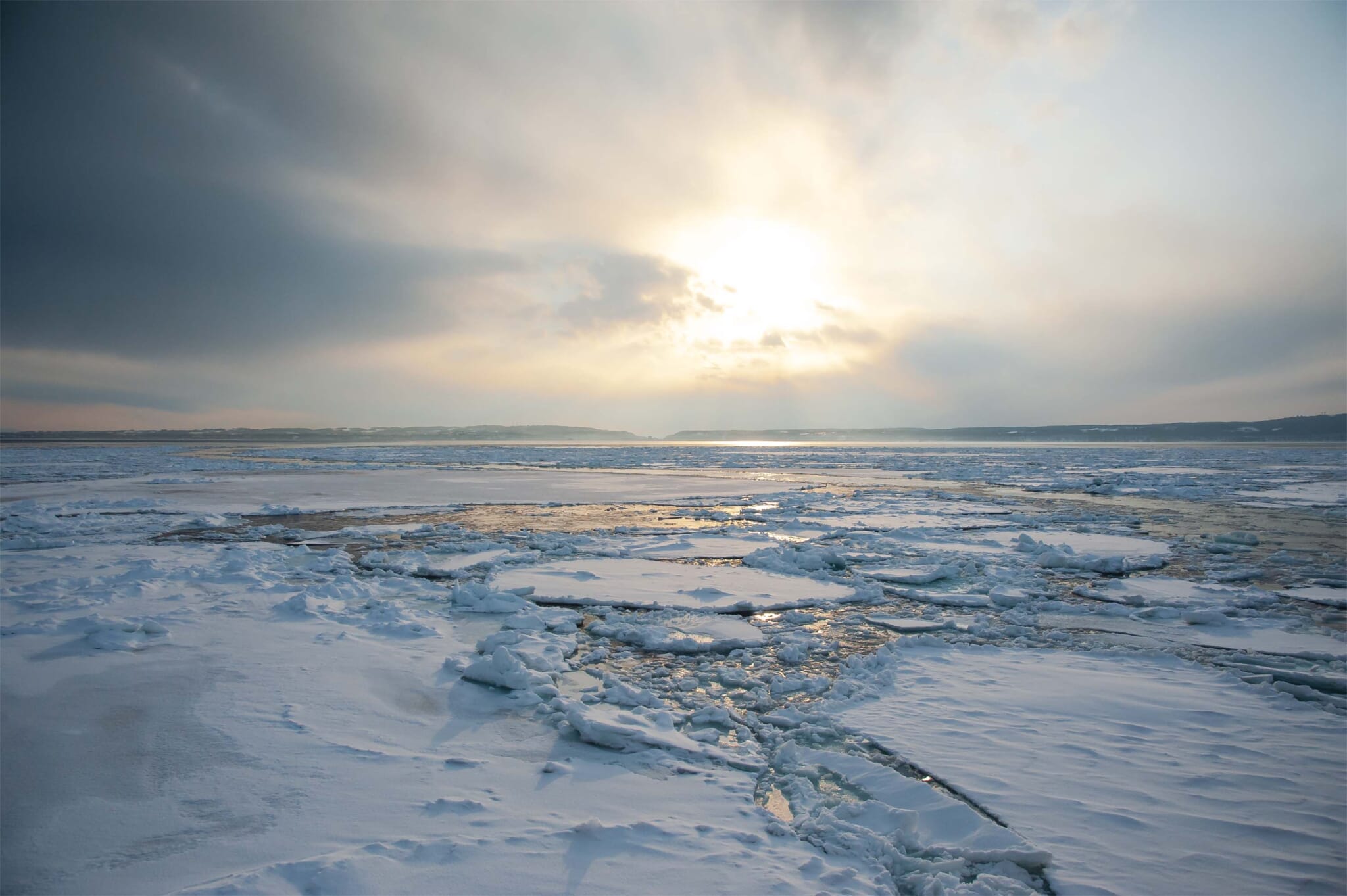
How Drifting Ice Floes End Up Near Abashiri
The ice that drifts towards Abashiri is formed by the cold winter winds that blow south into the Sea of Okhotsk from Siberia in eastern Russia. When the temperatures plummet, it doesn’t take long for the surface of the relatively shallow waters of the Sea of Okhotsk to reach freezing point.
From late December onwards, the surface seawater in the north of the Sea of Okhotsk constantly produces large sheets of ice. These ice blocks slowly merge and form ice floes, which push their way south towards Abashiri. They are capable of traveling up to 20 kilometers in a single day. Between January and March, huge numbers of visitors descend on Abashiri to marvel at the breathtaking beauty of this natural phenomenon. The ice floes are just a short boat ride away from the city’s shoreline and the best way to see them is to go on an ice-breaking tour.
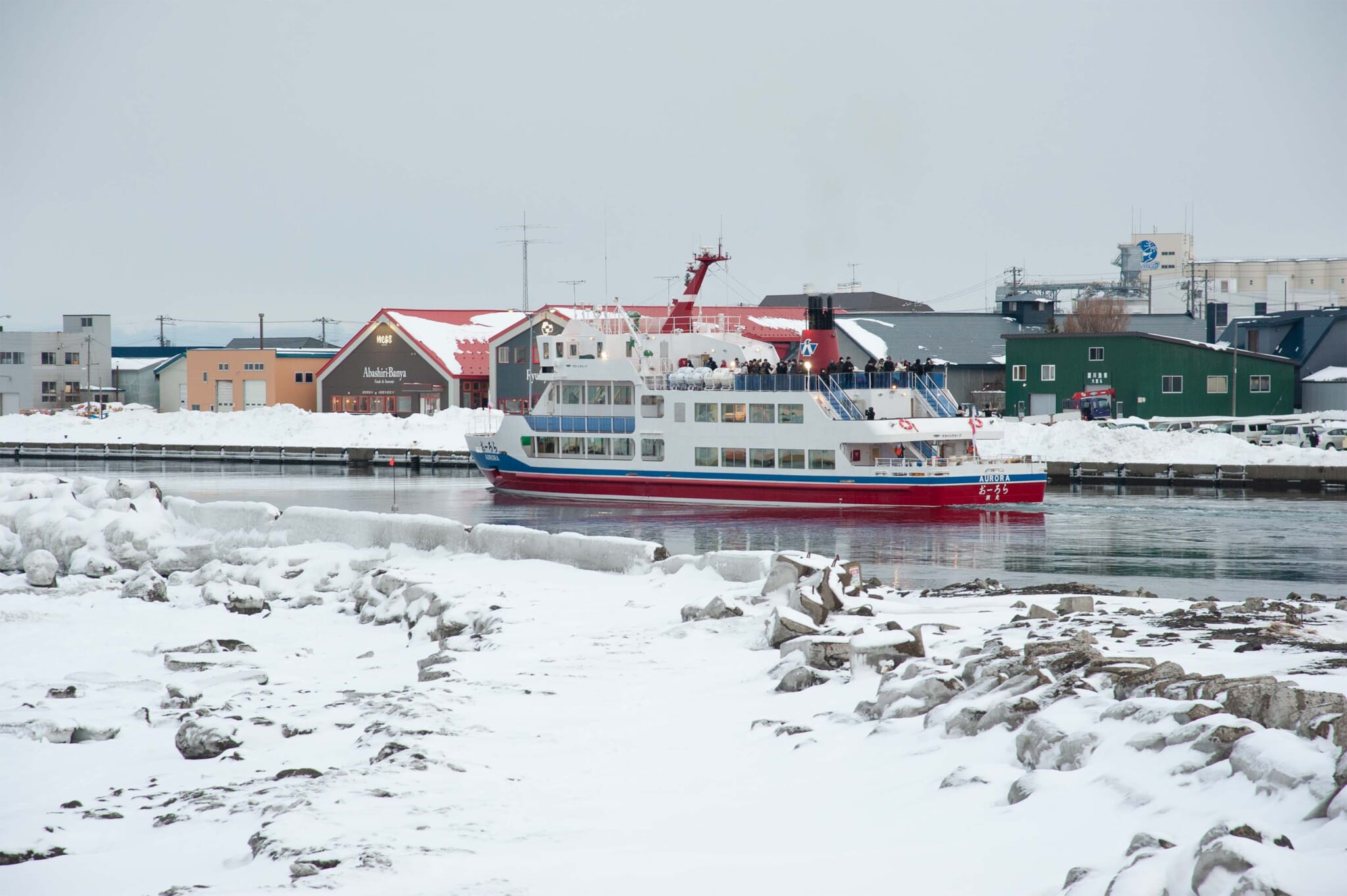
The Aurora 2 ice breaking ship leaves Abashiri harbor
Sailing to the Ice Floes on the Icebreaker Ship Aurora
Ice-breaking ships sail through the drift ice each year from January 1 until March 31. Capable of accommodating over 400 passengers, the Aurora icebreaker ship departs from Abashiri harbor, with tours lasting around an hour. From Abashiri, the Aurora sails towards and then gently pushes through the dense layers of ice that lurk out in the Sea of Okhotsk. The best time to see the drift ice is between February and early March, when the sea ice is at its most dense.
Depending on their exact whereabouts, it can take around 15 to 20 minutes to reach the ice floes. A flat line of white on the horizon becomes visible soon after departing Abashiri port. With the snow-covered peaks of the Shiretoko National Park in one direction and the dramatic shoreline of Cape Notoro in the other, small chunks of isolated drift ice soon appear, bobbing around in the water and hinting at what lies a little further ahead.
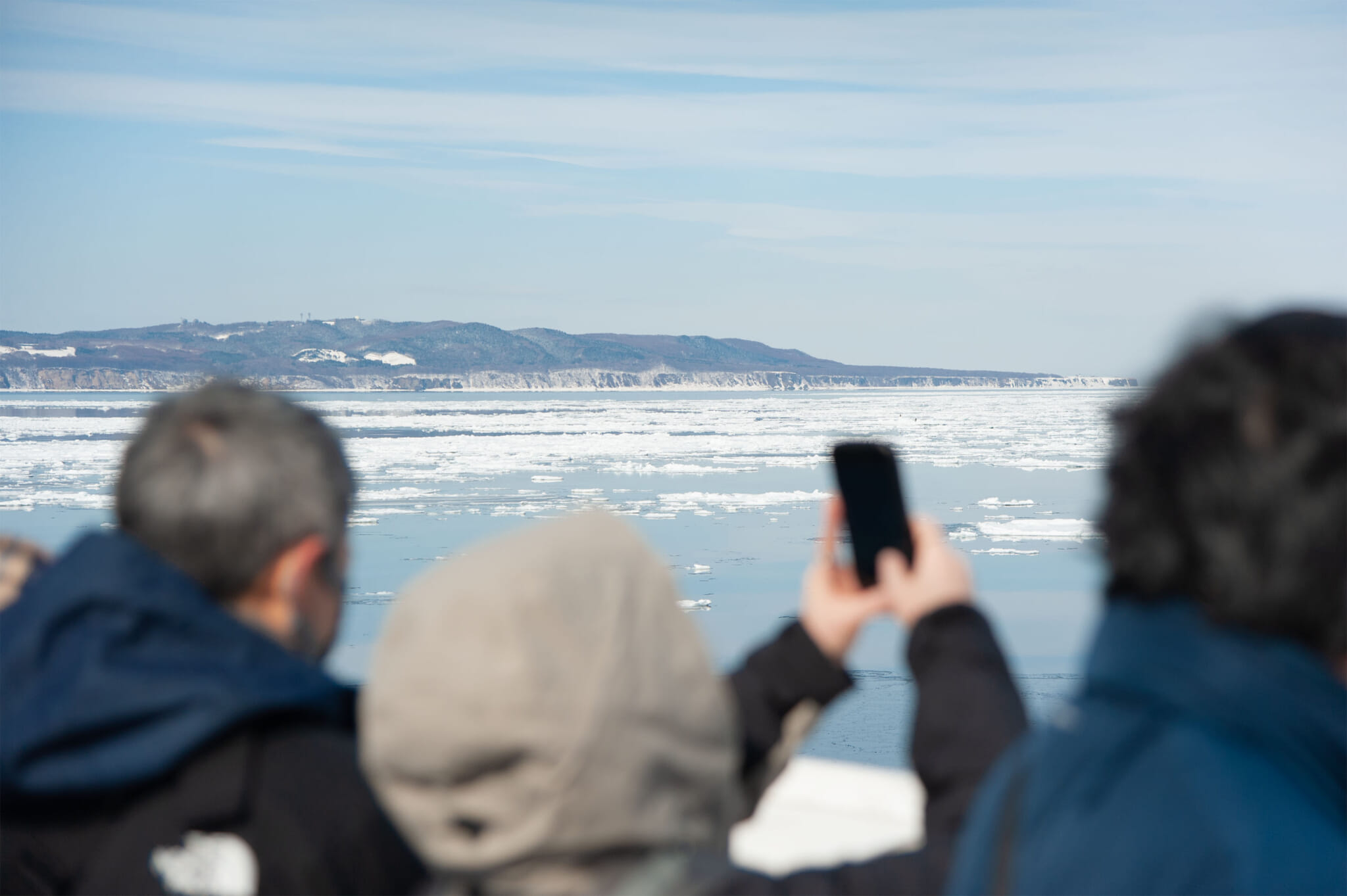
The Aurora slows to a crawling pace as it meets the solid patchwork of ice floes that cover the sea surface. The ship crunches through the ice and into a truly magical icy seascape. In sunny weather, the ice glows, bouncing the brightness of the winter sun back off its fragmented surface. When the weather is gloomier, the ice and the brooding conditions create a darkly dramatic scene.
Whatever the weather, sailing on and through the drifting ice is an unforgettable experience. If you’re lucky, you might also spot some of the local marine wildlife, including the seals that occasionally lounge on the ice. Much more common are the white-tailed eagles and Steller’s sea eagles, the largest birds of prey in Japan.
Things to Know About the Abashiri Ice-Breaking Tour
If you plan on taking a cruise out to the ice floes, be sure to book your tickets early. Tickets sell out well in advance of the scheduled trips, typically before the tours even start in January. The boat trip costs ¥4,000 for adults and ¥2,000 for children. Tickets need to be reserved in advance online and collected and paid for in cash from the ticket office in the port on the day of the trip.
In all of January and for the first two weeks in March there are four boat trips a day. Throughout all of February, there are a minimum of five boat trips a day. Additional trips at 8am and 4.45pm are also penciled in each day in February but only sail if there is drift ice to be seen at sea at those times. In the final two weeks of March, there are only three boat trips a day. A fourth trip might be added if there is a guaranteed chance of still seeing ice.
As the direction in which the ice drifts can be unpredictable, there is no guarantee that the ice floes will be seen on every boat trip. While it is rare for there to be no drift ice, it can happen. This, however, is more likely to occur at the very start or end of the season. If there is no sea ice to be seen, the Aurora sails to Cape Notoro on a sightseeing cruise instead. Boat trips may also be canceled if the conditions out at sea get particularly rough and it becomes too dangerous to sail.
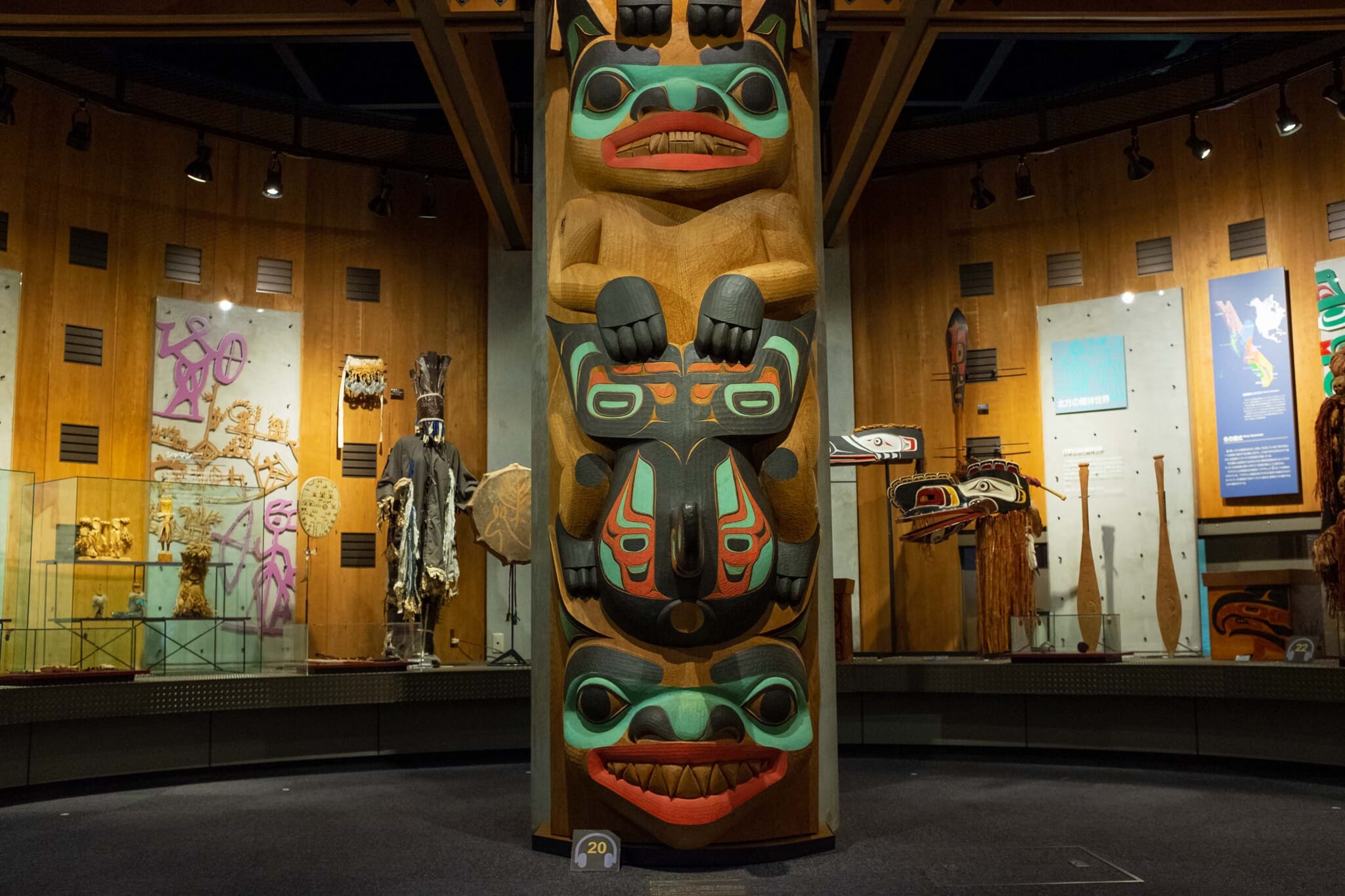
The Hokkaido Museum of Northern Peoples in Abashiri
Other Things to Do in Abashiri
At the top of Mount Tento is the Okhotsk Ryuhyo Museum, where you can learn more about the ice floes that form in the Sea of Okhotsk. There’s also a viewing platform on the third floor with views over Abashiri.
After the ice floes, Abashiri is probably most well-known as a place of incarceration. The first prison in Abashiri was built in 1890. It was one of a network of prisons built on Hokkaido during that period, mostly to house former samurai who had fallen foul of the newly installed Meiji government. A number of Hokkaido’s historic former prison buildings have been relocated to the foot of Mount Tento on the outskirts of the city to form the Abashiri Prison Museum. Among them is the prison house that formed part of the original Abashiri Prison, one of eight buildings here that are now designated as tangible cultural properties. Made up of five wings with a total of 226 cells, this is just one of the many prisons that the infamous convict Yoshie Shiratori managed to escape from.
Also nearby is the excellent Hokkaido Museum of Northern Peoples. As well as the Ainu and Okhotsk people of northern Japan, the museum also displays an impressive array of historical artifacts and archive footage that tells the story of communities across some of the most remote parts of northern Russia, Canada, Alaska and the Nordics.
Meanwhile, opposite Abashiri port is the Moyoro Shell Mound Museum. The museum displays the fascinating findings of an ancient settlement of the Okhotsk people who lived on the site around 1,300 years ago.
How to Get to Abashiri
The easiest way to get to Abashiri is by plane. The nearest airport is Memanbetsu Airport, which is around 12 miles from the center of the city. There are direct flights to Memanbetsu Airport from both Haneda and Narita airports, as well as from Sapporo and Kansai airports.
Buses from Memanbetsu Airport to Abashiri Bus Terminal take around 30 minutes and cost ¥920.
Updated On February 28, 2024

